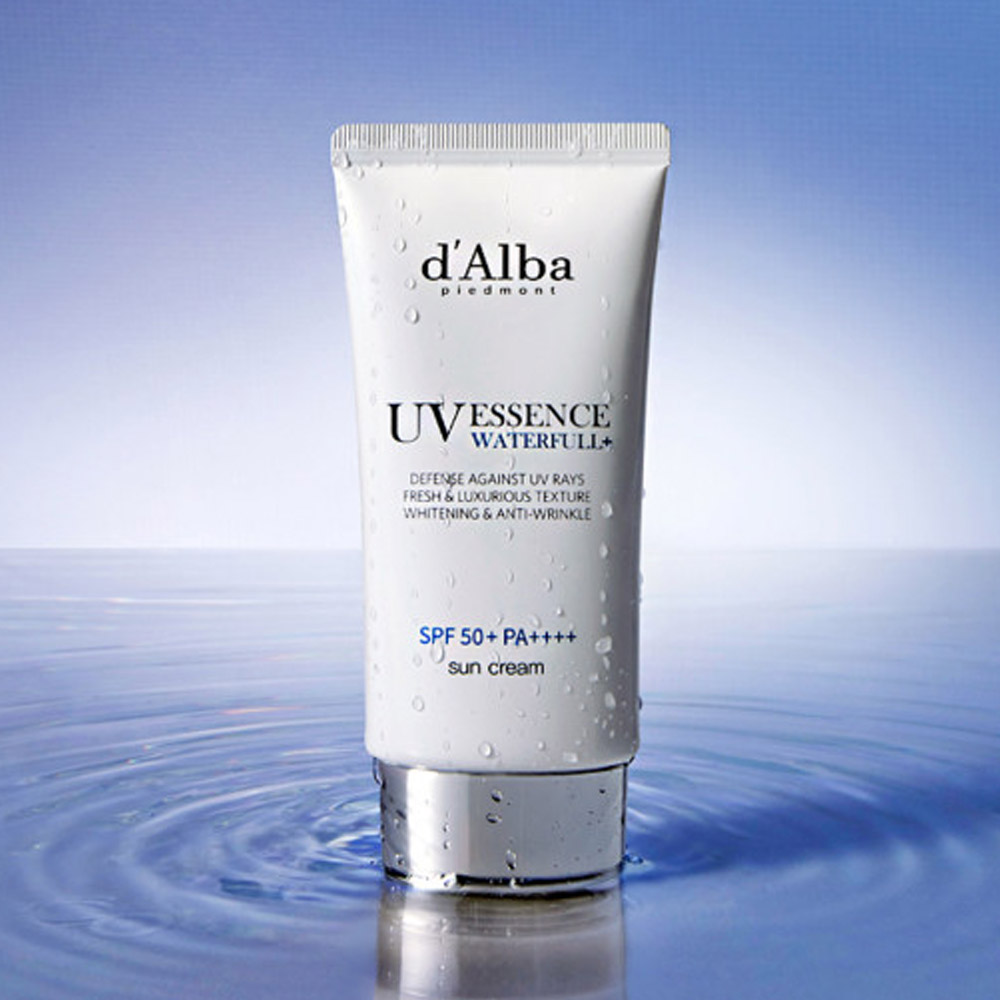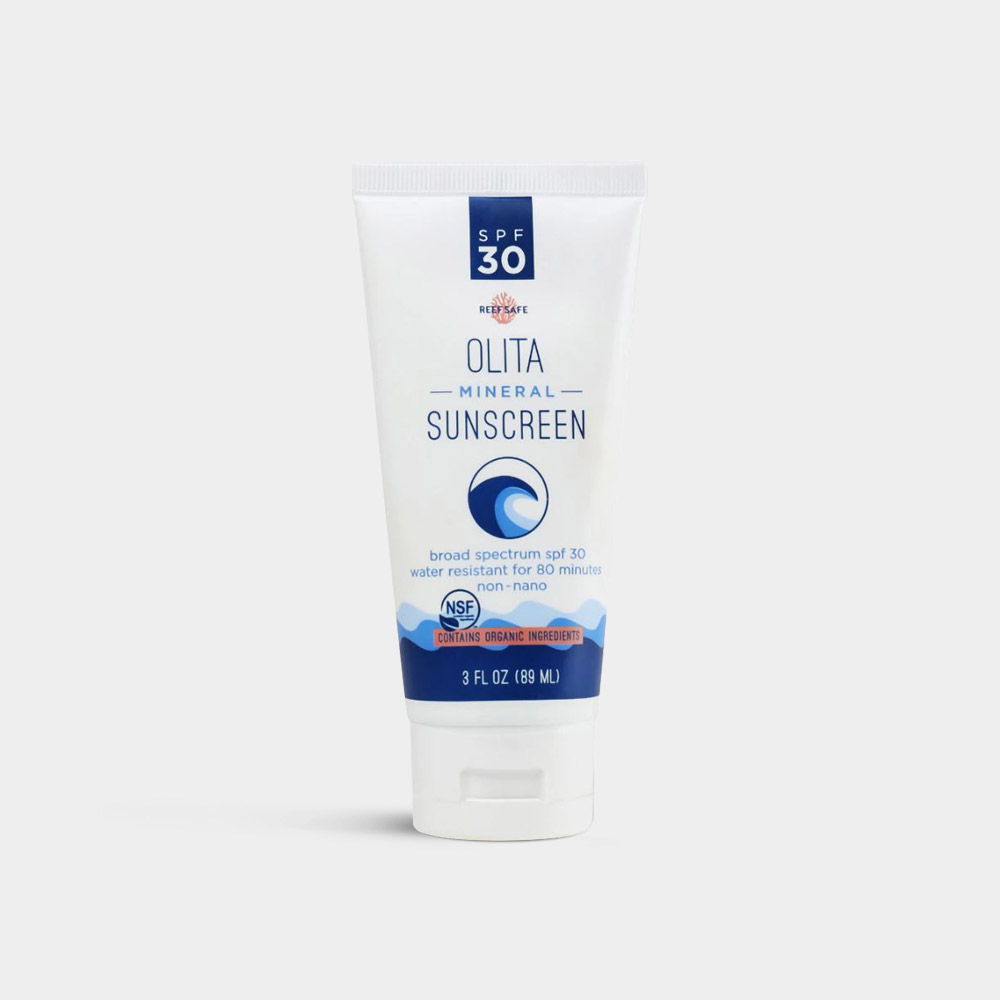You’re Likely Applying Sunscreen Incorrectly – Here’s How to Protect Your Skin from the Sun and Avoid Damage
World-renowned dermatologists weigh in.
There was a time when most of us thought wearing sunscreen only applied if we were planning to spend most of the day outdoors. There was also a time when brands like Coppertone, Bain de Soleil, and Hawaiian Tropic marketed their products using the words “suntan lotion.” Today, “sunscreen” and “sunblock” populate retail shelves, but that doesn’t mean we’re necessarily using these products correctly or frequently enough.
Given we are in the thick of summer, you might appreciate some clarification about sun protection products, how to use them properly, and which ones the Beautytap Advisory Board recommends and uses personally.

It only takes 15 minutes in the sun to damage your skin.
Spoiler: We’re Not All Wearing It
Before we delve into all things sun safety, let’s pause for a reality check. Many people loathe sunscreen. Some believe that a tan protects their skin from burning (um, no) while others dislike how sunscreen feels on their skin. Check out RealSelf’s 2020 Sun Safety Report, and you’ll learn that more than half of non-sunscreen wearers believe they’re not outside long enough to even need sun protection.
Most women apply it as part of their anti-aging routine, and if you haven’t been prone to burning in the past, you may think you can skip it. You shouldn’t. Just because you don’t see immediate evidence of sun damage doesn’t mean it isn’t happening. In fact, if your skin changes color after being exposed to any kind of UV light, that’s sun damage, and it puts you at greater risk of skin cancer in the future.
Deciphering Sun Protection Language
Wander the aisles of Target or your nearest drug store, and you’ll find chemical and physical (aka mineral) sun protection products happily huddled on crowded shelves. Most dermatologists recommend physical sunblock because it prevents the sun’s rays from penetrating the skin. Physical sunscreen contains titanium dioxide and zinc oxide and may feel heavy on the skin. It can also leave a white cast even after it absorbs, especially on deeper-toned beauties.
Chemical sunscreen works equally well and is often a fan favorite because it’s more aesthetically pleasing, lightweight, and leaves no telltale chalkiness on the skin. Board-Certified Dermatologist and Associate Clinical Professor at UCLA Dr. Glynis Ablon recommends mineral sunblock over chemical sunscreen in part for its ability to immediately protect the skin upon application. Mineral sunblock creates an instant barrier, you’ll need to wait 20–30 minutes after applying chemical sunscreen before venturing outdoors to benefit from it fully.

d’Alba Waterfull Essence Sunscreen
SPF By the Numbers
Dr. Ablon recommends wearing a minimum of SPF 30, but you need to increase that if your skin burns. For example, if you burn while wearing SPF 50, you need something stronger.
In terms of the numbers, sun protection increases in small increments in tandem with SPF percentages, so using a high SPF makes sound sense if you’re fair-skinned or are already doing battle with skin cancer. And if you’re prone to acne, rosacea, or melasma, you may fare better with mineral sunblock because chemical sunscreen converts the sun’s rays into heat, which can exacerbate some skin conditions.
How to Apply Sunscreen
If you know how to apply moisturizer, then you know how to apply sunscreen. But how much do you really need? Of late, I’ve seen consumer reviews saying that certain sunscreens “go a long way” and that their 2-ounce bottle will last a really long time. Nothing could be further from the truth, especially when you’re trying to avoid looking like a catcher’s mitt in future photos.
Sunscreen isn’t something to skimp on in terms of application. Board-Certified Dermatologist and host of The Gist Dr. Ava Shamban put this in perspective when she spoke with Beautytap and explained that the proper amount of sunscreen is “not a pea-sized amount. It’s not Retin-A,” she says, so the amount you’re using for your face should be “more like a quarter.” And that doesn’t include the body which requires significantly more. Dr. Ava recommends applying sunscreen at least 30 minutes prior to sun exposure “to let it really soak in so that it can really do its job.”
Waterproof or Water-Resistant
Manufacturers play loose and fast with terminology until an agency like the FDA steps in. Prior to 2011, sunscreens were often labeled as waterproof or sweatproof, but water eventually degrades efficacy, so the FDA took action.
Today, you’ll find water-resistant products on the market that indicate the length of time you can expect to be protected while in the water. Most water-resistant sunscreens offer 40- or 80-minute protection but remember the SPF number itself is not an indicator of water-resistance. Check the label carefully before you buy.

OLITA Mineral Sunscreen Lotion SPF30
Missing Little Spots Can Be a Big Deal
We all miss a spot here and there, but habitually missing a given area could make you the unhappy recipient of a skin cancer diagnosis. It’s easy to forget your ears when wearing a baseball cap and donning a pair of sandals on unprotected feet may yield more than toasted tootsies. Other easily overlooked yet highly susceptible body parts include: the hands, fingers, ankles, and back of the neck. An additional gentle reminder: applying sunscreen to just the front of your legs and arms doesn’t magically protect the backside too.
Dr. Shamban has seen patients with basal cell carcinoma on the inner ear area, and Dr. Ablon mentioned a patient with a history of using tanning beds who died of melanoma of the vulva.
Applying sunscreen from head to toe really makes a difference as does wearing sunglasses, protective clothing, and a hat. Check out Dr. Shamban’s favorite UPF swimwear, Tutublue, or Beautytap Editor Elycia Rubin’s coveted Coolibar hats.
Why Powder Sunscreen and SPF Makeup are Best for Touch-Up
Companies are trying to deliver sun protection to a wide audience, and the demand for sunscreen alternatives has spurred production of non-liquid options. Companies like Colorscience, Isdin, and Hawaiian Tropic all include brush-on mineral sunscreens in their lineup, and SPF-enriched foundations are easy to find. Both products have their merits, and the pigment, Dr. Ablon says, provides a modicum of protection – but not nearly enough.
As noted by Dr. Shamban’s “quarter” size reference earlier, you’ll be hard-pressed to get adequate coverage with either product on its own, although both are better than no sunscreen and ideal for afternoon touchups. If you’re using a powder sunscreen, it’s important to understand proper application which involves a few quick steps, including deliberately and repeatedly stroking a powder-saturated brush all over the skin in small circular motions. A few quick dabs won’t cut it.
Powder sunscreen does offer the benefit of helping tamp down mid-day shine while boosting protection, and it’s a great choice for those who already have makeup on, as applying a cream sunscreen over a cosmetics-laden face isn’t so appealing.

Sunscreen wears off. Put it on again if you stay in the sun for more than two hours and after swimming, sweating or toweling off.
Respect the Reapplication Regimen
As tedious as it may seem, reapplication is a must, especially if you exercise, swim, sweat, or spend prolonged periods of time outdoors. When it comes to reapplication, Dr. Ablon says 80 minutes is the sweet spot, but reapply more often in humid conditions, after swimming or when you’re exceptionally active.
So … how are you protecting your skin this season?
Loading...